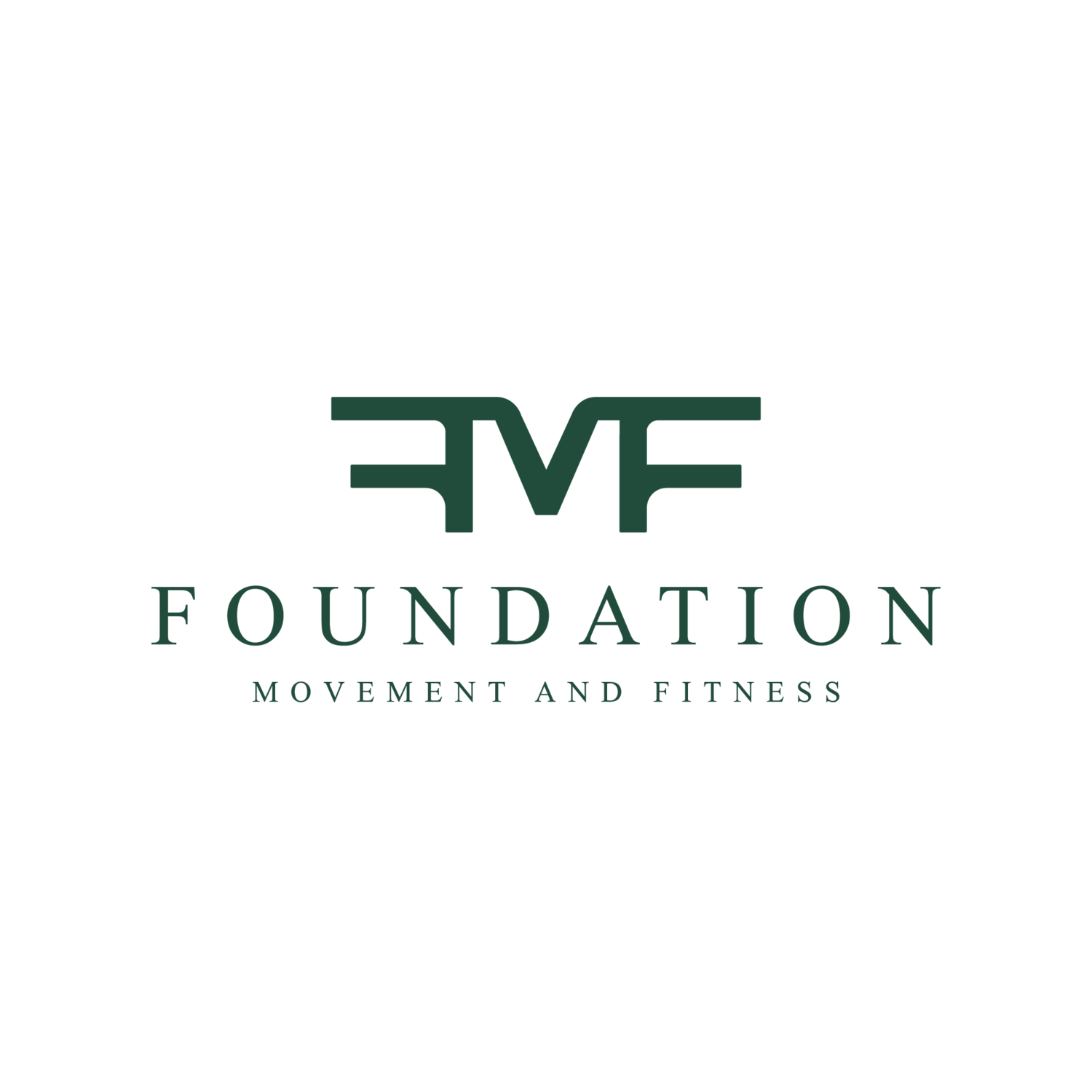How We Train Balance at FMF
Balance is a really important aspect to train. This not only applies to injury work but also to lifting, sports and general health.
We are able to balance because of our eyes, muscles, joints, and vestibular organs. Which are Sensory receptors in your body bring external information to your brain and nervous system.
Vision: Rods and cones in your eyes detect orientation of everything around you.
Muscles and Joints: Proprioception; your body’s awareness of where it is in space. We sense stretch and pressure from our tissues and can then tell what’s happening with our own body’s movement.
Vestibular: This includes structures of the inner ear such as semicircular canals, inner ear fluids, and other small organs.
Together these systems control our balance skills. It’s very crucial to train them because balance is easily lost when it isn’t used. When we are kids we run all over the place falling down, jumping around, going upside down and are really good at balancing. But as we get older we tend to do less and less play like this and if it goes on too long we can significantly decrease our balance abilities. This can then lead to falls, unstable joints, and poor coordination.
Static Single Leg balance
We incorporate static single leg balance, tandem stances while performing other exercises, and variations in surface for exercises.
At FMF we train balance in a variety of different ways, always suiting where an individual client is at in their programming. The basic starting point for everyone is discovering how hard it is to simply stand on one foot. We incorporate static single leg balance, tandem stances while performing other exercises, and variations in surface for exercises. Other ways to indirectly train balance are to use unilateral movements, movements using 1 leg or arm instead of two such as lunges in any direction, and to build on to strength training by going unilateral like single leg deadlifts.
Turn things upside down
Lastly, we do believe putting bodies into a wide variety of positions is successful for improving balance and love to utilize handstands as another way to train balance.


